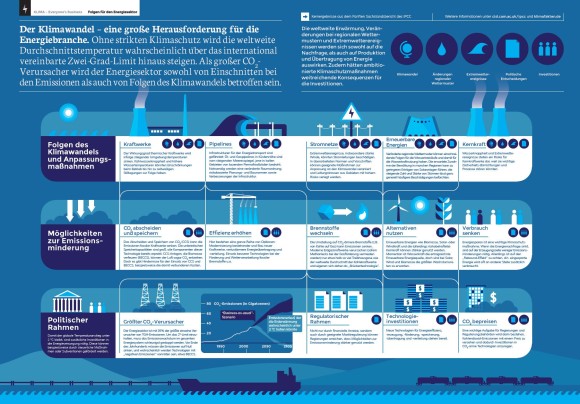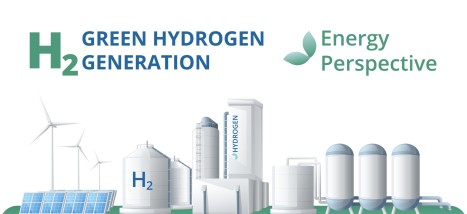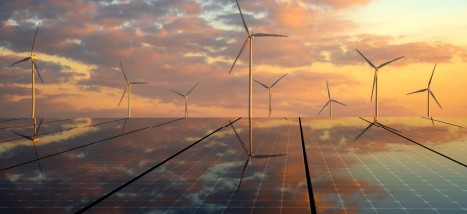-
14 February 2024
Climate change = yield change?
A symbiosis of natural and man-made effects is changing the climate. Despite many efforts and declarations of intent, this is happening faster and faster. The goal of limiting global warming to well below 2°C, as outlined in the Paris COP21 agreement, is still a long way off.
Currently, our earth is on the way to a temperature increase of 3 to 4 ° C, already in this century. The consequences of these changes are well known and have been sufficiently documented, for example by the Intergovernmental Panel on Climate Change (IPCC), the German Climate Consortium and the Münchener Rückversicherung (a large German insurer). The diagram below from "Klimafakten.de" illustrates the main forces in conjunction:

A larger image of this diagram can be found here.
What do wind turbines have to do with climate change?
The consequences of this rapid climate change are known and are already noticeable. For wind turbines, these also mean more extreme wind conditions. This could lead to a much higher share of unusable wind. Wind that is too weak or too strong cannot turn the wind turbines. Within wind energy technology, the Weibull distribution is used to describe wind speeds. If the winds are concentrated in the range of 3 to 25 m/s, that is the range of the standard wind cut-in and cut-out wind speeds of modern wind turbines (WKA), the energy yield is high. Decreasing wind speeds in the unusable areas below 3 m/s and above 25 m/s cause yield reduction. With the current "normally distributed" wind, about 83% of the present wind falls in the usable range. With changes to more extreme winds, this could be expected to drop to 79%, which could reduce yields.
Are there opportunities to counter these climate-related earnings risks? Of course!
It is necessary to continue to measure and monitor the results of wind turbines. This is to prevent their technical possibilities from being untapped. More than two thirds of all wind turbines are lagging behind to a greater or lesser extent in relation to the results that could be achieved. Avoidable deficiencies of 3-7% in annual energy yield are not uncommon. The reason for this is actually always a turbine that is not operating completely efficiently. If wind energy is to remain a stable pillar of the energy transition and a rewarding investment opportunity for the future, it is essential that wind turbine owners also continue to perform structural operational data analyses. In this way, wind turbines continue to achieve their optimum efficiency. Moreover, if we adapt existing technologies, their functioning and our expectations to the changing circumstances, there are no unpleasant surprises!
It is now possible to invest in a combination of wind, solar and hydro energy.
The Hydrogen Investment Fund FutureEnergyFund draws on years of experience and expertise of its parent company WindShareFund. Please visit these websites for more information.
-
25 March 2025
 Green hydrogen can contribute effectively to emissions reductionBy: Evertjan van Roekel
Green hydrogen can contribute effectively to emissions reductionBy: Evertjan van RoekelGreen hydrogen often, but certainly not always, leads to CO2 gains. This is evident from research in Nature Energy by Kiane de Kleijne of Radboud University and Eindhoven University of Technology. 'If you calculate the entire life cycle of green hydrogen production and transport, the CO2 gain can be disappointing. But if green hydrogen is produced from very clean electricity and in the region, it can really contribute to emission reductions.'
[Read more...] -
18 February 2025
 Renewable energy investment creates great potentialBy: Evertjan van Roekel
Renewable energy investment creates great potentialBy: Evertjan van RoekelAn investment in renewable energy offers an excellent financial return and a way to put your money to work for people and the environment. Sustainable energy investments also play a crucial role in tackling the global climate problem.
[Read more...]